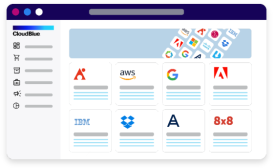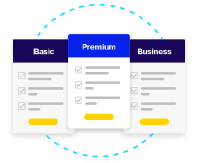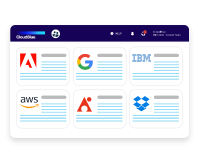Willingness to pay (WTP) is a powerful tool for businesses to determine the value of their products or services in the market. It refers to the highest price that a customer is willing to pay for a product or service. In Software as a Service (SaaS), WTP is the maximum amount that a customer is willing to pay monthly or yearly for a specific product.
Understanding the WTP of customers is critical for businesses to establish a pricing strategy that maximizes revenue. This is because the pricing strategy directly affects the revenue of a company. Overcharging customers can lead to low sales volume and lost revenue, while undercharging can result in missed opportunities for profit. Calculating WTP is essential to finding the optimal pricing strategy that meets both customer demand and company profitability.
To calculate the WTP for a particular product, a variety of methods can be used, such as market research, surveys, or conjoint analysis. This is the basic formula for calculating WTP:
WTP = (Value of the Product / Perceived Benefits) + Marginal Cost
The product’s value refers to the maximum price that the market will bear for the product, while perceived benefits refer to the customer’s perception of the product’s value. The marginal cost refers to the additional cost incurred to produce one more unit of the product or service. By incorporating the marginal cost, businesses ensure the pricing strategy is profitable.
Once the WTP is calculated, businesses can use this information to optimize pricing and achieve optimal revenue. For instance, if the WTP range is higher than the current price, a business can consider raising the price to capture more revenue. On the other hand, if the WTP range is lower than the current price, a business can reduce the price to attract more customers.













